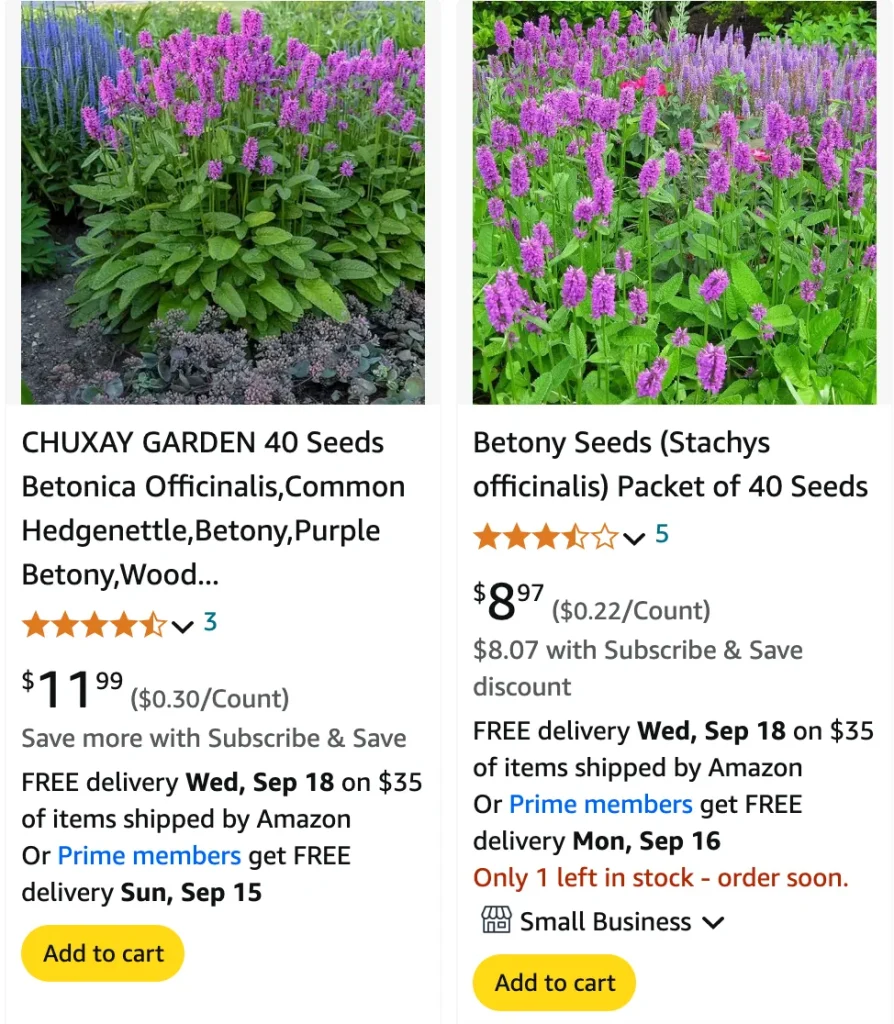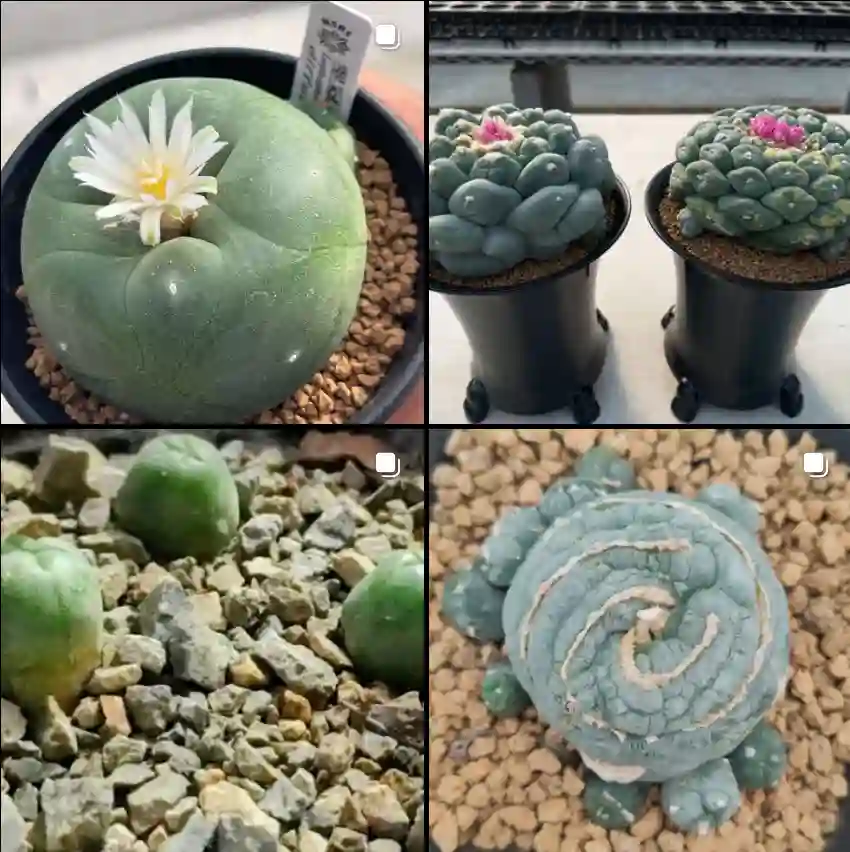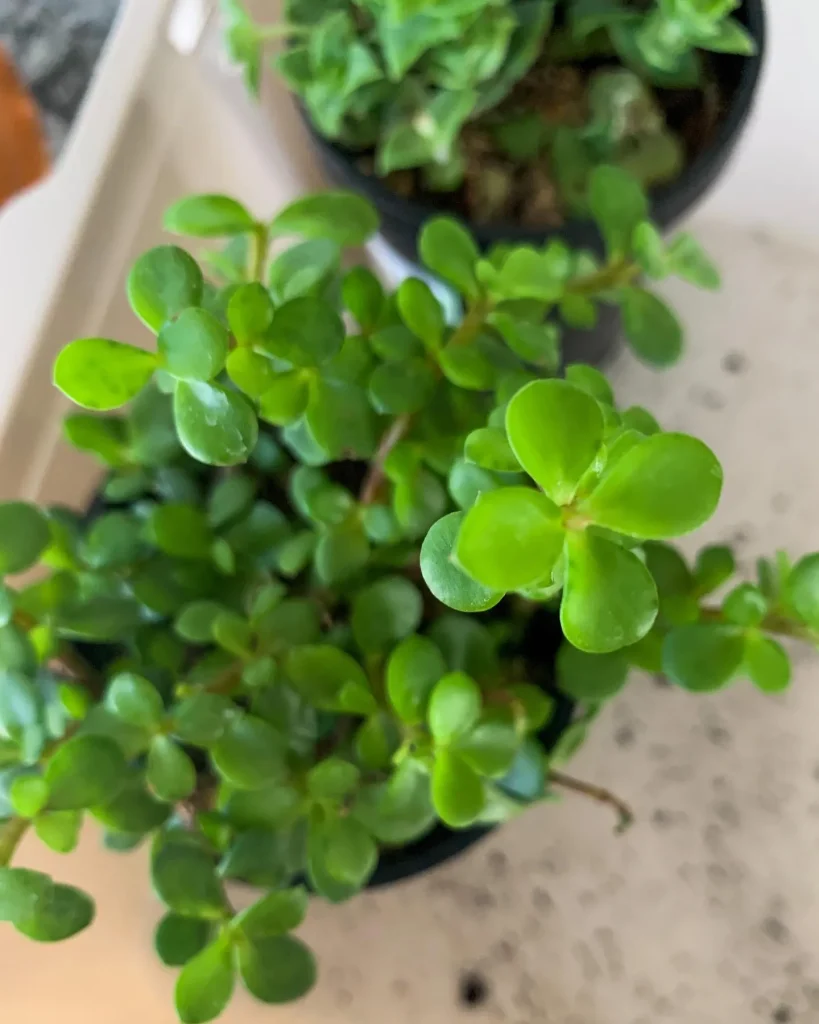
FAQs About Betonica Officinalis: A Personal Guide
As someone who enjoys exploring various plants and their unique qualities, I’ve developed a fascination with Betonica Officinalis, also known as Betony. This herb has a rich history and offers a range of benefits and uses. Below, I’ve compiled a comprehensive guide addressing some frequently asked questions about Betonica Officinalis based on my experiences and research.
What is Betonica Officinalis?
Betonica Officinalis, commonly known as Betony, is a perennial herb native to Europe and parts of Asia. It belongs to the mint family (Lamiaceae) and is renowned for its medicinal properties and historical significance. The plant features square stems, ovate leaves, and purple or pink flowers that bloom in late summer.
Plant Family: 225 Genera in Lamiaceae
How to Care for Betonica Officinalis?
Caring for Betonica Officinalis is relatively straightforward. Here are some key tips based on my experiences:
- Sunlight: Betony thrives in full sun to partial shade. In my garden, it does well in a spot that receives a few hours of direct sunlight each day, but it also tolerates shadier conditions.
- Soil: This plant prefers well-draining soil enriched with organic matter. I find that a soil pH between 6.0 and 7.0 works best. Adding compost to the soil before planting can help improve its texture and nutrient content.
- Watering: Betony is drought-tolerant once established, but regular watering during dry spells promotes healthy growth. I water my plants when the top inch of soil feels dry.
- Pruning: Regular pruning helps maintain a tidy appearance and encourages bushier growth. I trim back spent flowers and any dead or damaged stems to keep the plant looking its best.
How to Propagate Betonica Officinalis?
Propagating Betonica Officinalis is quite simple and can be done through seeds or division. Here’s how I’ve approached each method:
- From Seeds: Start seeds indoors about 6-8 weeks before the last frost date. Sow them in seed trays filled with seed-starting mix. Once seedlings are large enough to handle, transplant them into individual pots. After the risk of frost has passed, move them outdoors to their permanent location.
- By Division: In early spring or late fall, you can divide established plants. Gently lift the plant from the soil and separate it into smaller clumps. Replant these divisions in well-prepared soil, spacing them about 12 inches apart.
What to Plant With Betonica Officinalis?
Betonica Officinalis pairs well with various other plants. Based on my observations, consider these companions:
- Herbs: It grows well alongside other herbs like thyme, oregano, and sage. These plants share similar soil and sunlight requirements.
- Flowers: Incorporating Betony with flowering perennials like echinacea or rudbeckia can create a visually appealing garden bed. The combination of colors and textures enhances the overall aesthetic.
- Vegetables: Planting Betony near vegetables like tomatoes or peppers can be beneficial. Its presence may help deter certain pests that are common to these crops.
Is Betonica Officinalis Toxic?
One of the great things about Betonica Officinalis is that it is not toxic to humans or animals. I’ve used it in various herbal remedies and garden settings without any concerns about toxicity. However, as with any plant, it’s wise to keep it away from pets that might chew on it.
Benefits of Betonica Officinalis
Betonica Officinalis offers numerous benefits:
- Medicinal Uses: Historically, Betony has been used to treat a variety of ailments including headaches, digestive issues, and anxiety. I’ve found that its calming properties make it a useful addition to herbal teas.
- Culinary Uses: The leaves can be used in cooking, particularly in herbal blends. They add a unique flavor to dishes and can be used fresh or dried.
- Aesthetic Appeal: Betony’s attractive flowers and foliage make it a lovely addition to garden beds and borders. Its ability to thrive in various conditions also makes it a versatile choice for different garden settings.
Common Problems with Betonica Officinalis
While Betonica Officinalis is generally low-maintenance, it can face a few issues:
- Pests: Keep an eye out for aphids and spider mites, which can sometimes affect the plant. I use insecticidal soap or neem oil to manage these pests effectively.
- Disease: Fungal diseases like powdery mildew can occasionally occur, especially in overly moist conditions. Ensuring good air circulation and avoiding overhead watering helps prevent this problem.
Compare with Similar Plants
Betonica Officinalis is sometimes confused with other herbs. Here’s a brief comparison:
- Salvia Officinalis (Sage): While both Betony and Sage are used medicinally, Sage has a stronger flavor and a more robust profile. Sage also prefers drier conditions compared to Betony.
- Thymus Vulgaris (Thyme): Thyme shares similar growing conditions with Betony but is much smaller in size. Thyme is also more commonly used in culinary applications.
In conclusion, Betonica Officinalis is a fascinating and versatile herb with a rich history and numerous benefits. From its easy care requirements to its medicinal and culinary uses, it’s a valuable addition to any garden. If you have any more questions or need further details, feel free to ask!
If i die, water my plants!



